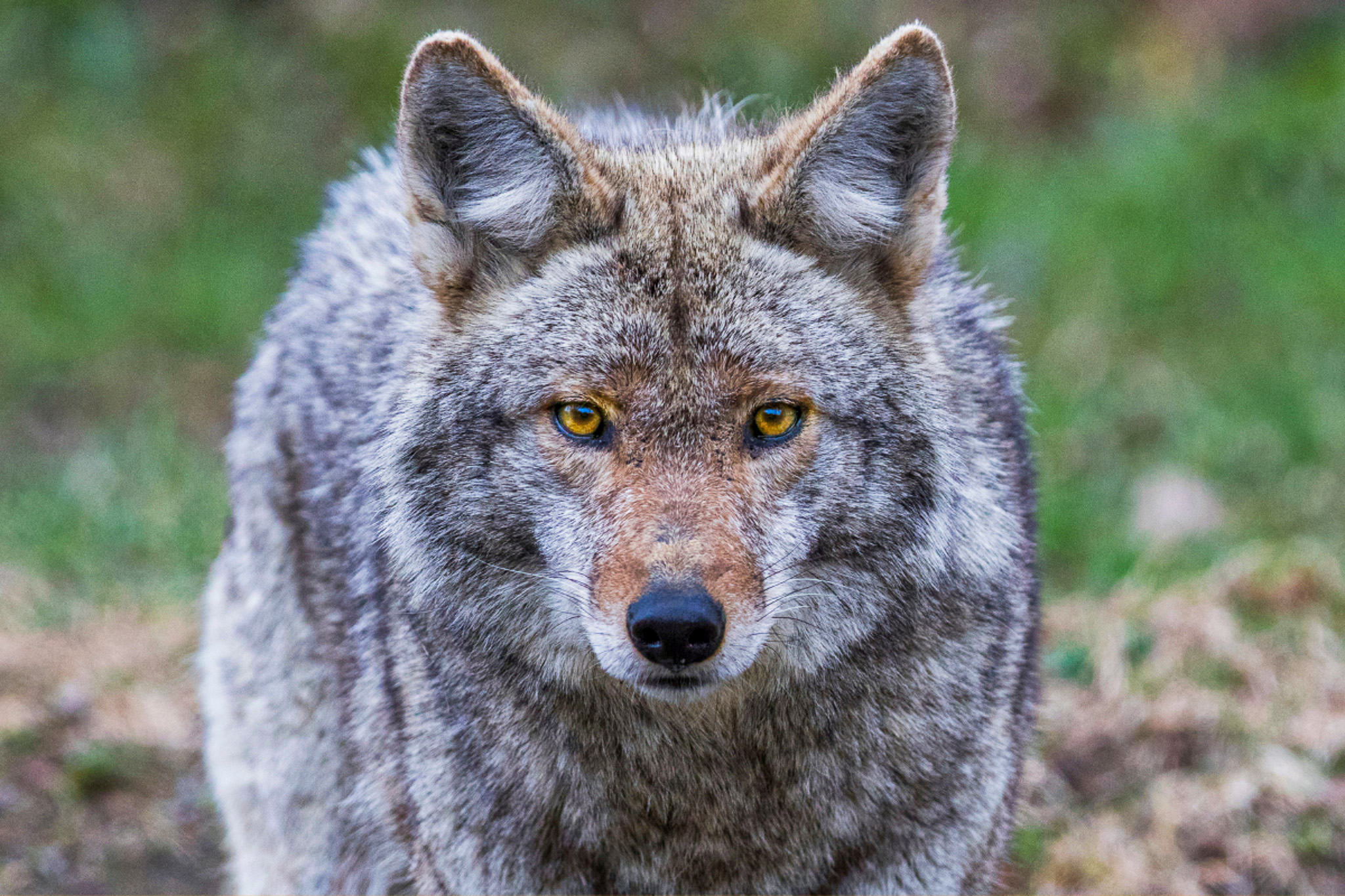By Scott Smith
Originally printed in The Jackson News
Drive across the nation’s least populated state outside of Alaska, and you’ll see road signs with the slogan, “Wyoming: Like No Place on Earth.”
That may be true, unless you’re thinking about some far-away country in the midst of a brutal, genocidal war. Or of some ultra-violent video game played by a wanna-be warrior.
Legislators in Wyoming recently passed House Bill 104, which would allow “any person taking a predatory animal on public land to use artificial light, including thermal or infrared imaging.” The bill’s sponsor, Rep. Jeremy Haroldson, “wants public land hunters outfitted with expensive thermal imaging scopes be given the green light to pursue coyotes, red foxes, skunks, stray domestic cats, raccoons, and certain non-predatory critters like porcupines and jackrabbits,” reports Field and Stream.
Even some hunting groups are appalled. “This will inevitably get our hunters into some murky ethics, fair chase issues, and there are concerns about the safety of public land users,” said Jess Johnson, government affairs director for the Wyoming Wildlife Federation, the state’s oldest hunter advocacy group.
Wyoming’s blood-thirsty lawmakers fret, foolishly, about coyotes taking livestock (not a real problem) or impacting the deer or elk herds the state depends on to sell hunting licenses (killing coyotes is actually counter-productive).
Friends of Animals gives a big Jeer to this latest attempt by the hunting lobby to fetishize using instruments of war to cowardly kill animals in the dead of night. We urge you to join us in emailing Governor Mark Gordon to block this bill from becoming law.
Like most states, Wyoming kills thousands of coyotes each year. There are no license requirements or bag limits; hunters can already kill predators year-round on public land at night—and can use night vision optics and artificial light sources like spotlights on private land.
Nationwide, some 500,000 coyotes are killed each year, out of a population estimated to be anywhere from 2.8 million to 4.7 million. (Wyoming has 89,000 coyotes, compared with, say, Pennsylvania’s 100,000 and 850,000 in Texas.) Night hunting even occurs in places like the seaside town of Nahant, Mass., which last year contracted with the U.S. Department of Agriculture Wildlife Services to employ sharpshooters using thermal-imaging scopes and silencers to gun down a handful of coyotes that had dared venture into the small suburban community.
Coyotes, known as “song dogs,” for their variety of long-range vocalizations, deserve to live free of such wanton killing. And if the good people of Wyoming are interested in keeping coyote populations in check, they should call off the current war against their larger cousin, the gray wolf. After wolves were returned to Wyoming in 1995, the coyote population dropped by half. In 2021, hunters killed 30 of Wyoming’s 300 wolves, living in at least 40 packs; 32 more were killed by agencies as a result of livestock losses.
“It’s not ‘game management’ or even ‘predator control,” said Priscilla Feral, president of Friends of Animals. “It’s a war on wildlife, it’s a war on Nature. Wyoming lawmakers and hunters seem intent on creating mayhem 24/7, and they should be ashamed of themselves.”

